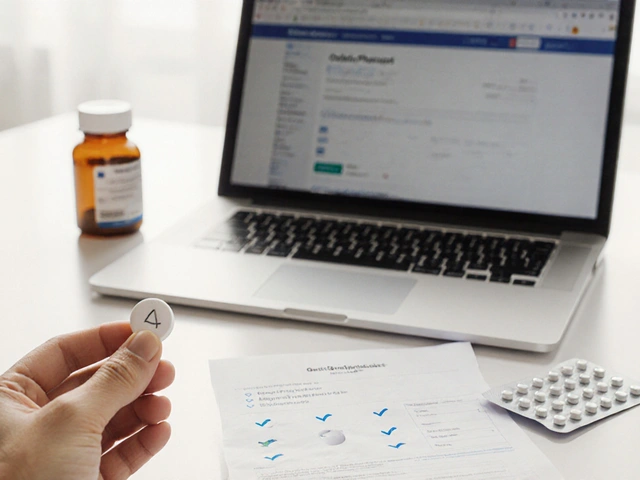Coronary Artery Disease: What You Need to Know
Heart arteries can get narrowed by cholesterol and inflammation. That reduces blood flow to your heart muscle and can cause chest pain, shortness of breath, or a heart attack. You can manage CAD better if you know the signs, tests, and simple steps that lower risk.
What causes CAD?
Plaque builds up inside artery walls over years. Smoking, high blood pressure, high cholesterol, diabetes, being overweight, and family history speed that process. Age raises risk too — men over 45 and women over 55 are more likely to develop trouble.
Recognize the warning signs
Chest pain or pressure that comes on with activity and eases with rest is classic. Other signs include unusual tiredness, shortness of breath, nausea, or sweating. Women and older adults sometimes have subtler symptoms like jaw pain, back discomfort, or extreme fatigue. If you feel sudden crushing chest pain, call emergency services right away.
Treatment options that work
Lifestyle changes are the foundation. Stop smoking, eat more vegetables and whole foods, cut added sugars and processed fats, and aim for regular exercise like brisk walking 30 minutes most days. Manage weight, blood pressure, and diabetes with your doctor's help.
Medications
Medications can lower risk and ease symptoms. Common drugs include statins to lower cholesterol, aspirin for selected patients, beta blockers, ACE inhibitors, and nitroglycerin for chest pain. Always discuss doses and side effects with your provider.
Procedures
Procedures may be needed when blockages limit blood flow. Angioplasty with stent placement opens narrowed arteries. Coronary artery bypass grafting (CABG) reroutes blood around blocked sections. Your cardiologist will recommend the right path based on test results and overall health.
Practical prevention tips you can start today
Quit smoking — the benefit starts within weeks. Choose a simple Mediterranean-style plate: more fish, beans, fruits, nuts, and olive oil. Walk daily and build up to 150 minutes of moderate activity weekly. Check blood pressure and cholesterol regularly and take medicines as prescribed.
When to see help
If you have chest discomfort that is new, gets worse, or feels different from normal, seek care. For known CAD, report new symptoms like fainting, sudden breathlessness, or swelling in the legs.
Living with CAD
Many people with coronary artery disease live active, full lives. Regular follow up with your cardiology team, sticking with medications, and steady lifestyle changes make a big difference. Small choices every day add up to better heart health.
Ask your doctor about cardiac rehab programs, which combine exercise, education, and support to speed recovery and cut future risk. Learn to read food labels, track steps, and use medication reminders. A few simple habits become powerful over months and years. Start today, seriously.

Understanding Coronary Artery Disease with Emphasis on the Role of Social Support
Coronary Artery Disease (CAD) remains one of the leading causes of mortality worldwide. This article delves into the critical role that social support plays in managing and mitigating the impact of CAD. By understanding how social connections can improve outcomes, patients and caregivers can better navigate the challenges of this condition.
Categories
- Medications (50)
- Health and Medicine (47)
- Health and Wellness (34)
- Online Pharmacy Guides (15)
- Nutrition and Supplements (7)
- Parenting and Family (3)
- Environment and Conservation (2)
- healthcare (2)
- prescription savings (1)



